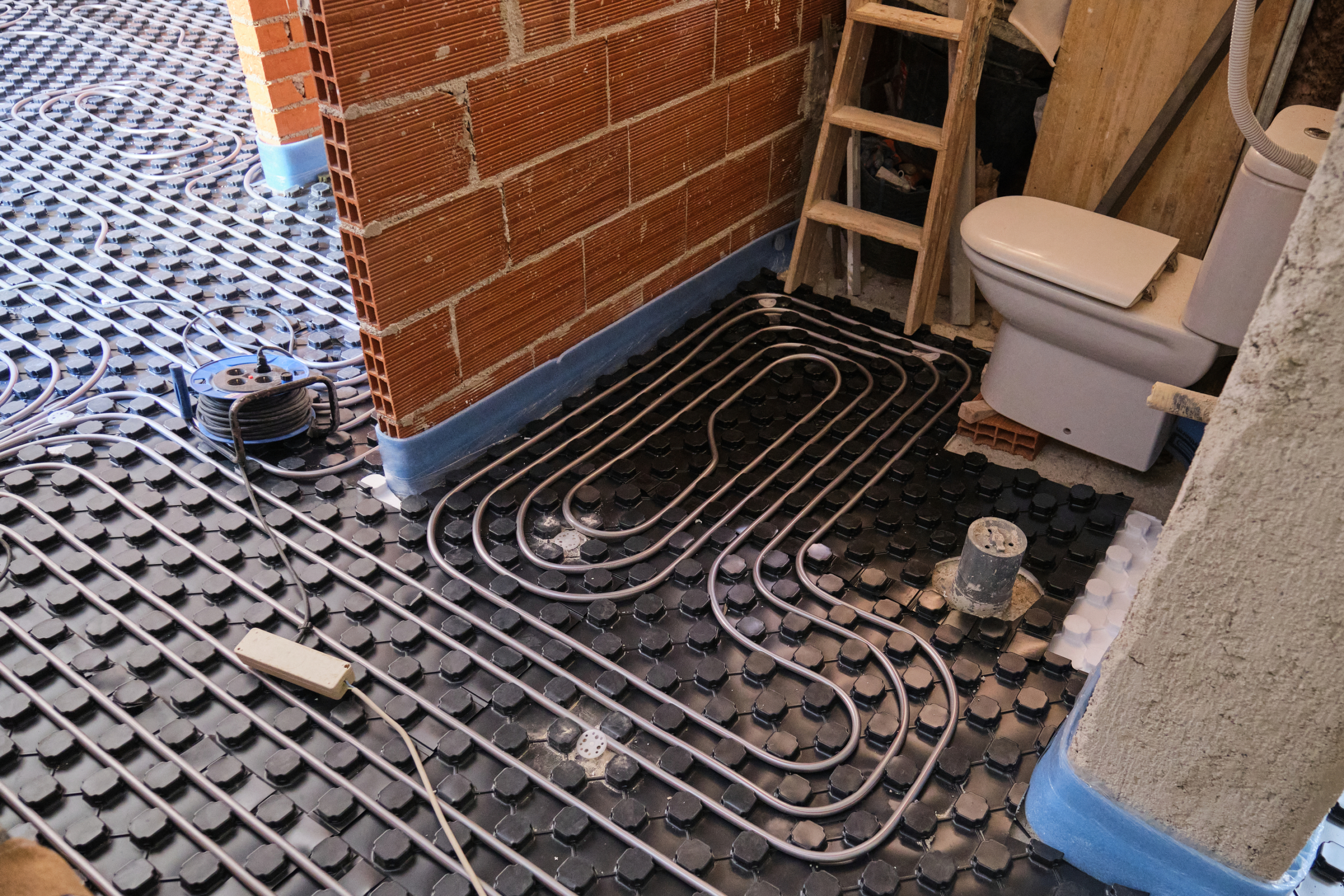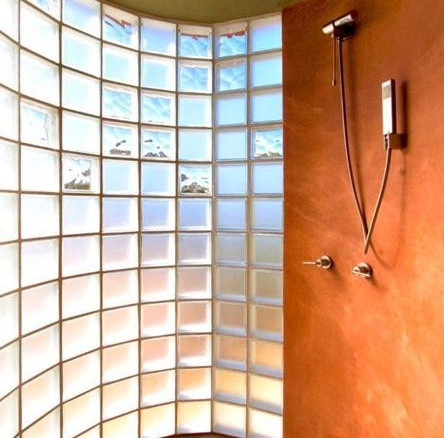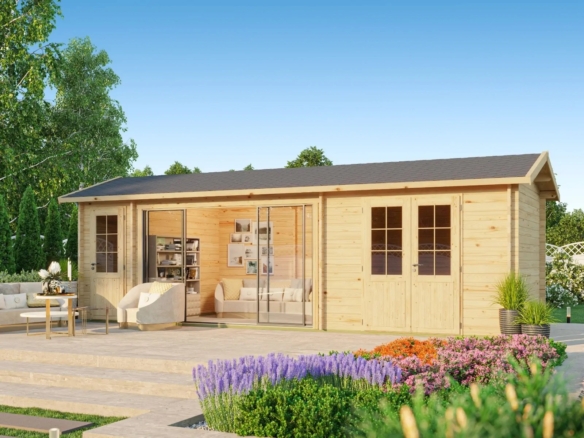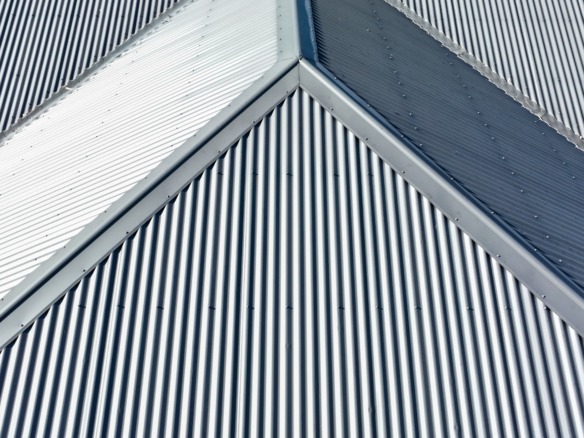That is the loveliness of a well-designed wet room—aesthetic, functional, and brain-scaldingly decadent. Wet rooms these days are the number one home renovation sweetheart of modern homes, not only due to their stylish appeal, but because they make mundane routines miraculous. But retrofitting an existing old bathroom into a wet room is not as much as ripping out the tub and doing it. There’s a lot that you need to consider—layout, waterproofing, ventilation, drainage, and then how to warm it up and get it all nice and toasty. Let’s get the need-to-know out of the way before you begin.
Start With the Why
Why do you want a wet room? Is it the obstruction-free layout or the minimalist, clean style that you find appealing? Is the age-in-place-capable bath something you’d prefer instead? Or is it the easy-to-clean design that’s the appeal? Knowing your driving factor will dictate every decision you’ll have to make, beginning with installation and progressing to material, and then to the heating system.
Think About the Layout
In contrast to conventional bathrooms, wet rooms are completely waterproofed, and there is no showerhead enclosure cover. Designing is thus more critical. Shower Head installation will determine the flow of water. You will need to position fixtures in a way that splash will be minimized, with comfort still being achieved. Wood vanity should not be stored or set within the splash zone. Employ floating vanities or wall-mount shelves that will not rest on puddles.
Get Your Gradient Right
One of the most important—and often overlooked—elements of wet room design is the floor slope. It is not perhaps the most exciting part of your renovation, but it is an essential element of how your wet room works day in, day out. A shallow, even slope to the floor is required to make sure water drains efficiently to the desired outlet. Without this, water will build up in uneven spots and create infuriating puddles, slippery floors, and ultimately, widespread water damage through the subfloor and into adjacent rooms. Water puddling like that is not just a nuisance–it can be a risk of injury, even to children or the elderly. Guessing may not cut the slope precisely. It is an accuracy task more commonly done through a process called screeding. Unless you’re experienced in this type of installation, it’s best left to a professional. They’ll ensure the slope is carefully calculated and evenly applied, especially around the drain, where accuracy matters most.
Invest in Quality Waterproofing
Let’s get real here—wet rooms only work as well as their tanking does. If you cut corners on this or try to save money, you’re the one who’ll have to repair mold, leaks, and expensive repairs later. Spend money, though, on a proper tanking. That’s coating all of the walls and floors in a waterproof membrane, especially where the joins and corners are. It’s the unsung hero of every successful wet room.
Choose Non-Slip Surfaces
Style is okay, but safety first. Since there will be flowing water, there must be slip resistance. Employ textured tiles, natural stone, or new vinyl with a non-slip, water-resistant surface. Smaller tiles with more grout lines also provide better traction. It’s not safe—it’s not that, although that does come into it—it’s being able to sleep at night when your toddler walks in on wet feet or you’re half through shampooing and come out of the shower to get a towel.
Heating: Don’t Overlook the Floor
That is where innovation and convenience collide. Wet rooms can be a tad cold on the soles of your feet, particularly if your floor is tiled. That is why it is precisely for that reason that wetroom electric underfloor heating is poised to revolutionize things. It provides uniform heat, actually dries the floor quite quickly, and turns your room spa paradise into your own home. Picture stepping out of a warm shower and onto a warm floor—no towel dance required. It’s not just a luxury feature; it’s practical too. It reduces moisture buildup and helps prevent mold. If you’re already renovating the floor, it’s the perfect time to install it. And modern electric systems are energy-efficient, discreet, and easy to control.
Consider Ventilation and Airflow
Warm air and too much moisture will make a bathroom feel claustrophobic in seconds. A good ventilation system will avoid foggy mirrors, condensation, and mold. Installing an extractor fan is not to be avoided. Opt for one with a humidity sensor if available. It will turn itself on with higher humidity and maintain a healthy air flow. Window placement is something to keep in mind, too. Natural ventilation can be utilized to regulate humidity balance and ventilate the room.
Lighting Sets the Mood
Wet rooms do not have to be utilitarian, but it does not mean that they cannot be inviting. Lighting makes all the difference. Multi-level lighting will create depth. Ceiling spotlights are ideal for general lighting, but recessed lighting in the shower area gives a gentle glow. LED strips under floating vanities or a mirror create an atmosphere and draw attention to design elements. Don’t forget to install moisture-rated fixtures—safety is paramount.
Storage That Stays Dry
Storage within an en-suite wet room has to be intelligent. No units at floor level that will waterlog or stain. Instead, use wall-level units or inset niches within shower walls. These put items into grabbing distance but out of splash zone range. Durable, watertight finishes like treated wood, resin, or sealed stone don’t have to be unsightly.
Final Thoughts: Plan, Then Enjoy
It’s transforming a mundane bathroom into a wet room that takes vision, planning, and commitment, and is worth it. From meticulous planning to the luxury of warm floors, every decision you make needs to be for the sake of comfort, functionality, and beauty. Don’t cut corners with the essentials of good drainage, non-slip surfaces, and adequate ventilation. And remember, a feature like wet room electric underfloor heating doesn’t just boost comfort—it transforms your daily routine. So plan with care, work with trusted professionals, and in the end, you’ll have a space that feels both indulgent and brilliantly functional.





